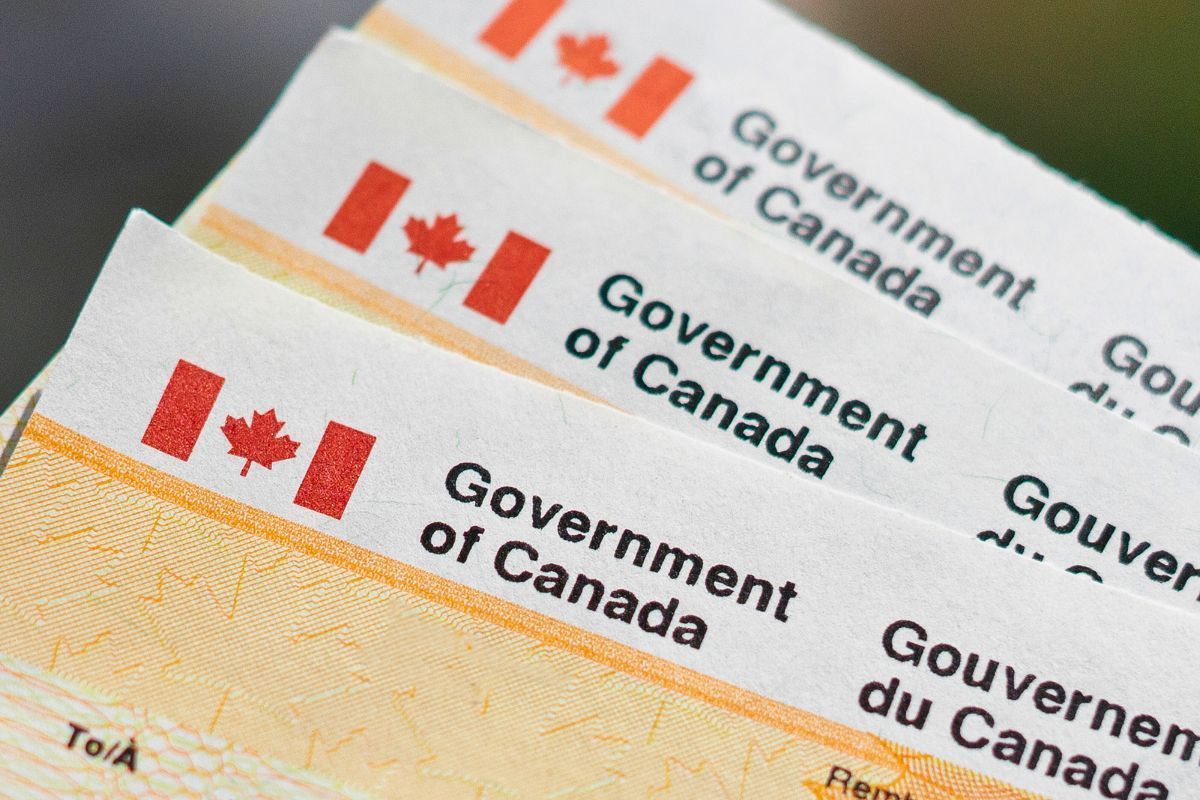Canada Import Duty Calculator: Simplify Your Duty Calculations
Are you dealing with unexpected costs when importing to Canada? Whether for personal or business use, import duties can be frustrating. Miscalculating rates can lead to surprise expenses. The Canada import duty calculator simplifies the process, providing quick, accurate duty and tax estimates to help you plan and save.
In this article, we'll explore the fundamentals of import duties in Canada, factors influencing the rates and associated fees, and how to use a Canada import duty calculator to estimate and reduce import costs.
What Are Canadian Import Duties?
Import duties are government-imposed taxes on goods brought into Canada. The main goal is to protect domestic industries. This is done by making imported goods more expensive, which encourages local production. However, for consumers, these duties can significantly increase the final cost of products.
Import duties are different from other charges. These include taxes like
Goods and Services Tax (GST) or Provincial Sales Tax (PST). They also differ from fees like handling or brokerage charges. Here's a quick breakdown:
- Duties. Calculated based on the type of goods and their country of origin.
- Taxes. Government-mandated sales taxes, including GST, HST, or PST.
- Brokerage fees. Charges for clearing goods through customs.
For example, clothing imports are often subject to duties ranging from 16% to 18%, while computers and related equipment are duty-free. These differences clarify why understanding duty rates is crucial when importing goods into Canada.

Key Factors Influencing Import Duty Rates In Canada
Several factors determine the duty rates you'll need to pay when importing goods into Canada. Knowing these elements can help you navigate the process more efficiently:
Country Of Origin And Trade Agreements
Trade agreements like the
USMCA (United States-Mexico-Canada Agreement) and
CPTPP (Comprehensive and Progressive Agreement for Trans-Pacific Partnership) offer substantial benefits by reducing or eliminating import duties. Under the USMCA, products made in the U.S., Mexico, or Canada can qualify for duty-free status. Proper documentation is required to take advantage of these benefits.
Type Of Goods And HS Code Classification
Every product is assigned a Harmonized System (HS) Code specifying its applicable duty rate. Proper classification is crucial to ensure duties are calculated accurately. Here are some examples of duty rates:
- Clothing. 16–18%
- Cookware. 0–8%
- Furniture. 0–9.5%
Declared Value Of Goods
Duties are calculated as a percentage of the declared value of imported goods. This value includes the cost of the item, shipping, and insurance. It’s essential to report this value accurately. Misstatements can result in significant penalties.
Purpose Of Import
Duty rates differ depending on whether the goods are intended for personal use or business purposes. Personal imports might qualify for exemptions, while commercial shipments follow different rules.
By understanding these factors, you can better estimate duty costs and ensure compliance when importing goods into Canada.
How To Use A Canada Import Duty Calculator
An import duty calculator is a fast and reliable tool for estimating duties and taxes. Here's how to use it:
Step-By-Step Guide
- Enter product details. Provide the exact HS code for accurate calculations. If unsure, use the Canadian customs tariff database or consult a trade specialist to find the correct code.
- Specify the country of origin. Indicate where the goods were manufactured, as duty rates vary by origin. If applicable, check if your product qualifies for preferential treatment. Trade agreements like USMCA or CPTPP can reduce or eliminate duties.
- Input declared value. Enter the total cost of the item, including shipping and insurance. If your purchase is in a foreign currency, convert the current exchange rate to Canadian dollars, as duties and taxes are calculated in CAD.
- Review your results. Examine the calculated duties, applicable taxes (GST/PST/HST), and any additional fees. Some calculators may estimate brokerage fees. However, it’s best to confirm these charges with your courier or customs broker.
This tool simplifies the process, providing a clear breakdown of costs before your goods arrive.
Example
Imagine you're importing a coffeemaker from the U.S. under USMCA, valued at CAD 500, with a potential duty rate of 0-8%. By entering the details into the calculator, you might see the following results:
- Duty. 0% (USMCA exemption applies)
- GST. CAD 25 (5% of $500)
- PST or HST. Determined by your province
These insights allow you to anticipate costs and adjust your budget confidently before purchasing.

Additional Import Fees And Taxes
When importing goods into Canada, you may encounter several additional taxes and fees:
- GST (Goods and Services Tax). A federal tax of 5% is applied to most goods.
- PST and HST. Provincial taxes vary by region. Quebec has a PST of 9.975%. In Ontario and some other provinces, GST and provincial taxes are combined into a Harmonized Sales Tax (HST). The HST rate ranges from 13% to 15%.
- Excise duties. Specific items, such as alcohol and tobacco, incur extra excise duties and provincial regulations.
- Brokerage fees.
These fees cover the processing of goods through customs and can differ based on the shipping carrier. Checking these costs with your courier or customs broker in advance is a good idea.
Understanding these taxes, fees, and customs charges Canada will help you better plan for the total cost of importing goods.
How To Reduce Import Costs In Canada
Importing goods into Canada can be costly, but with the right tactics, you can minimize expenses and simplify the process. You can save time and money by leveraging trade agreements, optimizing shipping methods, and ensuring accurate documentation.
Leverage Trade Agreements
Check if your imports qualify under trade agreements like the USMCA. These agreements can reduce or even eliminate duties, significantly cutting costs.
Optimize Shipping Methods
Choose reliable carriers with competitive brokerage fees. Some couriers offer prepaid duty and tax options, simplifying the process and avoiding unexpected charges.
Ensure Proper Declarations
Accurate declarations are key to avoiding penalties. For personal imports, take advantage of exemptions:
- If you're outside Canada for 24 hours or more, you're exempt up to CAD 200.
- For 48 hours or more, the exemption increases to CAD 800.
Partner With Customs Experts
Hiring a customs broker can be invaluable, especially for high-value or complex shipments. They'll ensure compliance with Canadian regulations while saving you time and effort.
By applying these strategies, you can navigate the import system more efficiently, manage Canada duties effectively, and keep your costs under control.
Navigating Canadian Import Duties With Confidence
A Canada import duty calculator is a great starting point. However, working with a professional tax accounting firm such as
Adil CPA adds extra value. These experts ensure compliance with Canadian tax laws. They also identify ways to reduce duties and save money.
With knowledge of tariffs and trade agreements, they aid businesses in avoiding penalties and maximizing benefits. This is especially useful for companies managing large or frequent shipments. Their expertise makes the process more efficient, cost-effective, and stress-free.

Navigate Canadian Import Duties Like A Pro
Understanding Canadian import duties is crucial for anyone bringing goods into the country. Knowing how duties, taxes, and fees work helps you predict costs and save money. Tools like the Canada import duty calculator provide accurate estimates to simplify the process. Using trade agreements, efficient shipping methods, and professional help can reduce costs and ensure smooth shipping. Proper management makes importing goods into Canada more straightforward, predictable, and cost-effective.



